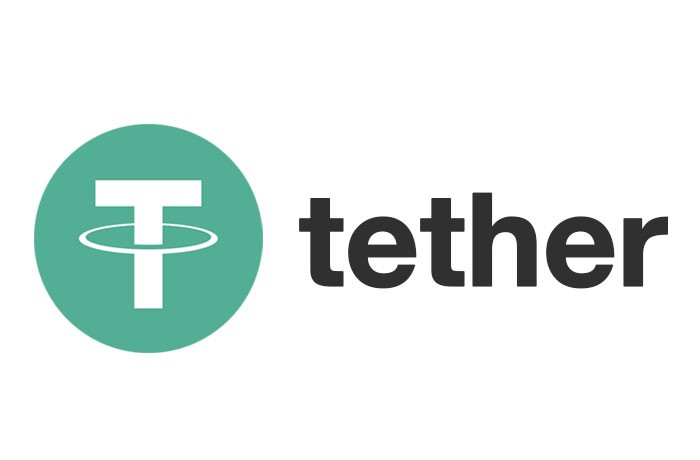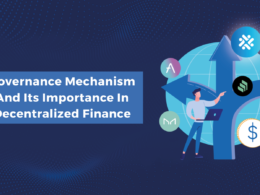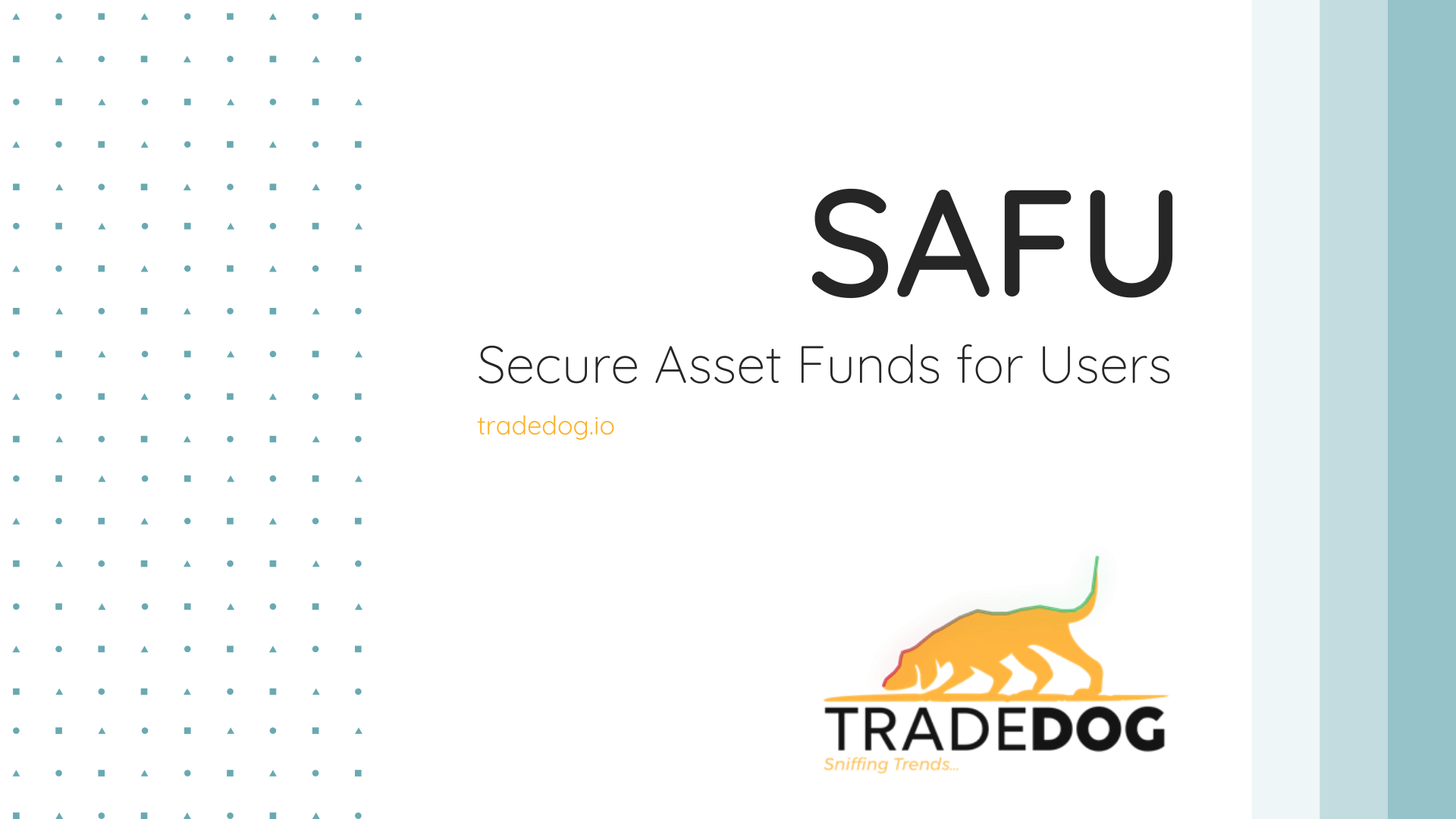Tron USDD, an algorithmic stablecoin, lost its dollar peg on Monday amid a broader crypto market nosedipped. As per the CoinMarketCap, the token is now changing hands for $0.96. It went as low as 91 cents.

TRX also slumped more than 25% around that time, sparking fears that the token may be on the verge of its death spiral.
USDD Drops below the peg
USDD is just 40 days old and is fighting for its life. In response to the de-peg, the TRON DAO reserve, an organization which is set up to ensure USDD trades at dollar parity, has deployed $2 Bn to restore the USDD peg. It has still not been able to regain its peg.
Justin Sun- Flounder of Tron, tweeted on Monday that the funding rate on the Binance exchange for betting against, or “shorting,” the Tron blockchain’s native TRX token stood at negative 500%, a whopping rate that suggests many investors are clamoring to get into that trade.

How Tron USDD stablecoin works?
It uses an algorithmic mechanism to maintain a stable dollar value. When it trades above $1, arbitragers can swap $1 worth of TRX for one USDD, minting more USDD in the process and increasing its supply and vice-versa when the USDD trades below $1. It has adopted a mechanism similar to TerraUSD.
Conclusion
The TRON DAO Reserve is anticipated to use its $2 billion in reserves to buy TRX tokens so as to create a “short squeeze,” pushing those who are short on TRX to buy back the underlying TRX tokens, allowing arbitrageurs more time to restore the USDD peg. This method, however, is quite dangerous. The token could continue to decline if there is more money betting on the short side than the TRON DAO Reserve.










